So, um, we hiked today.

Along a favorite trail.

It offers a variety of terrain.
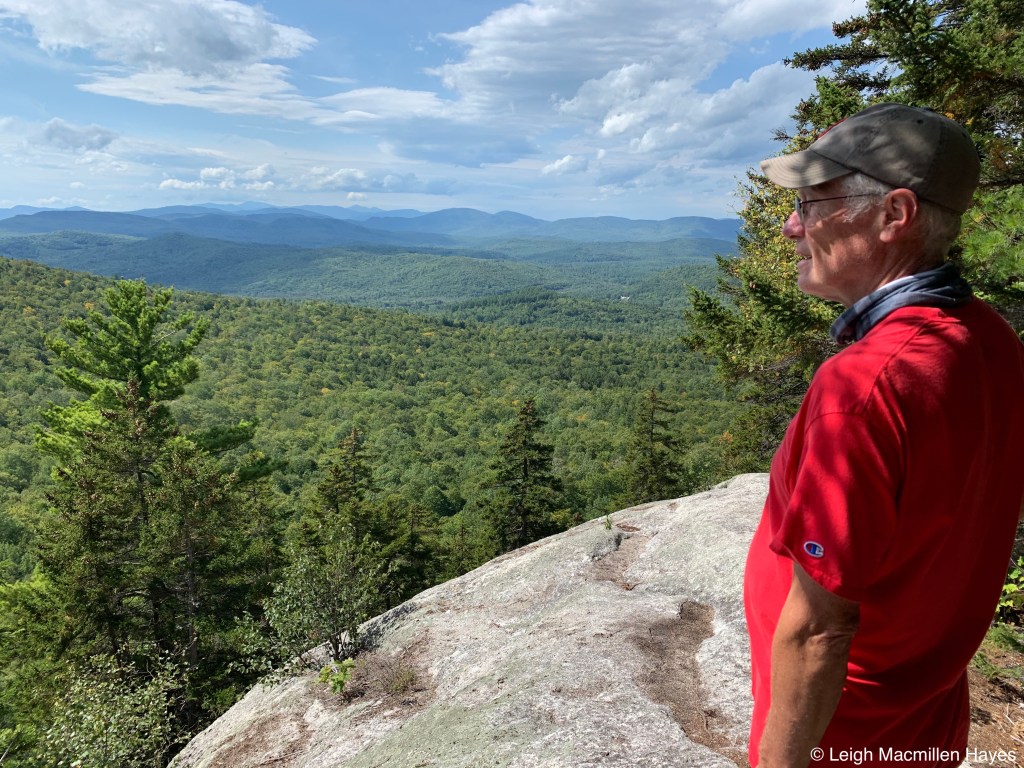
And opens to a wonderful view of the mountains to the west. This isn’t actually the summit of the mountain, but it’s close to the boundary line of land open to the public. The trail continues for another half mile and as we did in the spring, we followed it–hoping against hope and because someone told us it was true, that a loop around the top had been completed. Take it from us: that is false information. But still, we hiked six miles in three hours. And . . . those were the only photos I took. My guy was in as much disbelief as I was. To say we practically ran down the trail would be an understatement.

By contrast, and my guy laughs at this, yesterday a friend and I traveled a different route and covered three miles in five hours.
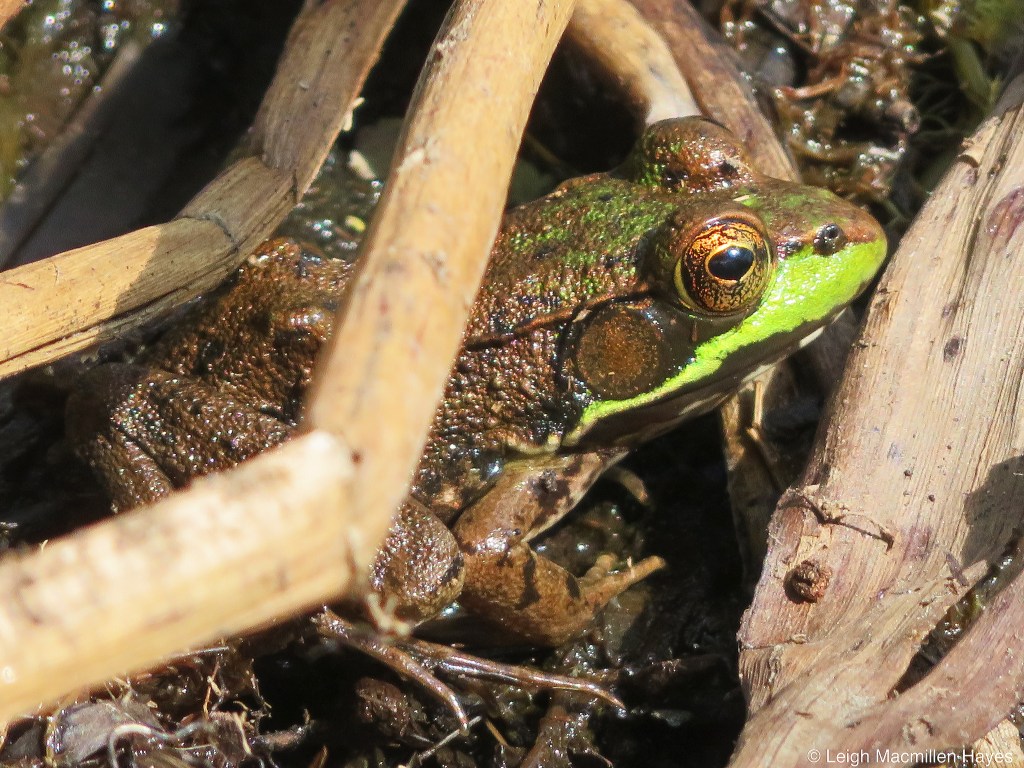
We were in the land of the Green Frogs . . . and wildflowers and birds and chipmunks and shrubs and trees, but our best finds of all were a couple of insects.

It all began with a seedhead we couldn’t recall meeting before. Who was this Cousin Itt? Turns out–a Roundhead Bushclover.

It also turns out that Western Conifer Seed Bugs (WCSB) had already made its acquaintance. We were certainly late to the party. But really, it was a clover species that was new to us. Apparently it’s high in protein and a preferred treat for wildlife–from mammals to insects.
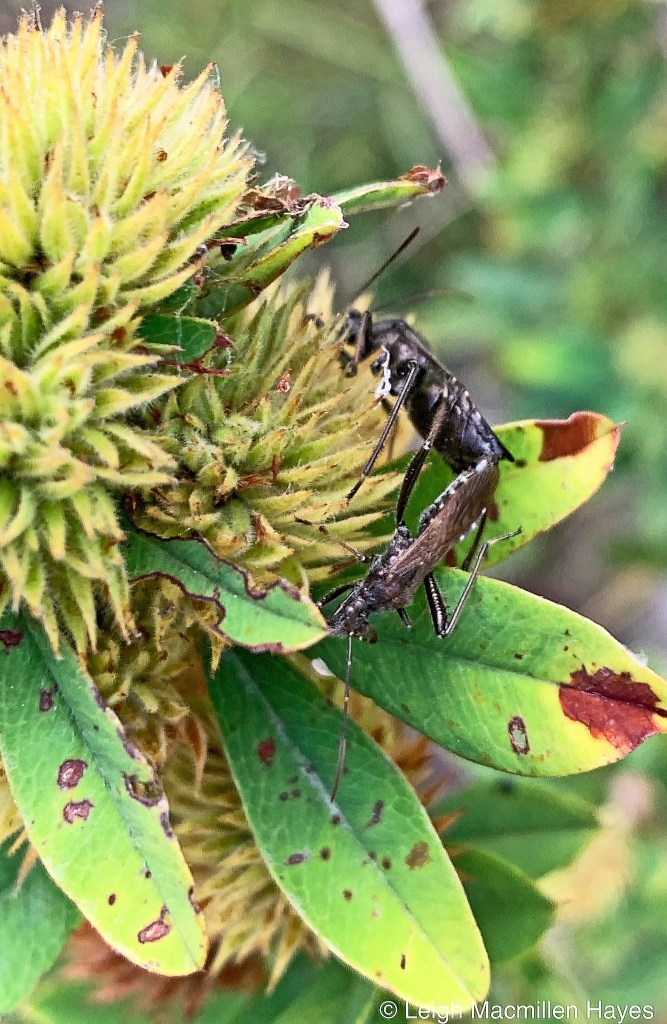
As we looked, two other insects thought (can insects think?) they were hiding from our inquisitive eyes, but . . . we found them on the backside and quickly realized their backsides were connected.

In canoodle fashion they mated. Once we established that, we tried to determine their names. As I said to my companion, names don’t matter as much as the characteristics, but still, we agreed, we like to know upon whom we’ve focused our attention. And so our study began. Initially, the insect in the foreground reminded us of the WCSB, but there were subtle differences in color and structure. Their main food is seeds, which they pierce with their proboscis to drink the nutritious fluids contained within.
These bugs mainly inhabit fairly arid and sandy habitat and we were certainly in such at a place known as Goose Pasture. It also seemed to be the preferred habitat of the Round-Headed Bushclover.

Upon another clover we were intrigued by a creature that made us first think this: Ant. But . . . if we’ve learned nothing else in this darn pandemic, it’s to question the information presented. What looks like an ant but isn’t an ant? Why, an ant mimic, of course. Our takeaways: long horns or antennae; modified wings; and a butt that looks like a face, perhaps warning others to stay away?
If you look back at the canoodlers, you’ll notice this critter and the smaller mating insect are rather similar . ,. . because they are indeed one in the same in terms of species.
I was confounded as I often am with intriguing insects and so I reached out to my entemologist friend, Anthony. And . . . he confirmed my guesses. A Broad-headed Bug: Alydus eurinus.

In the same area, a teeny butterfly flew in to tap check the asters.
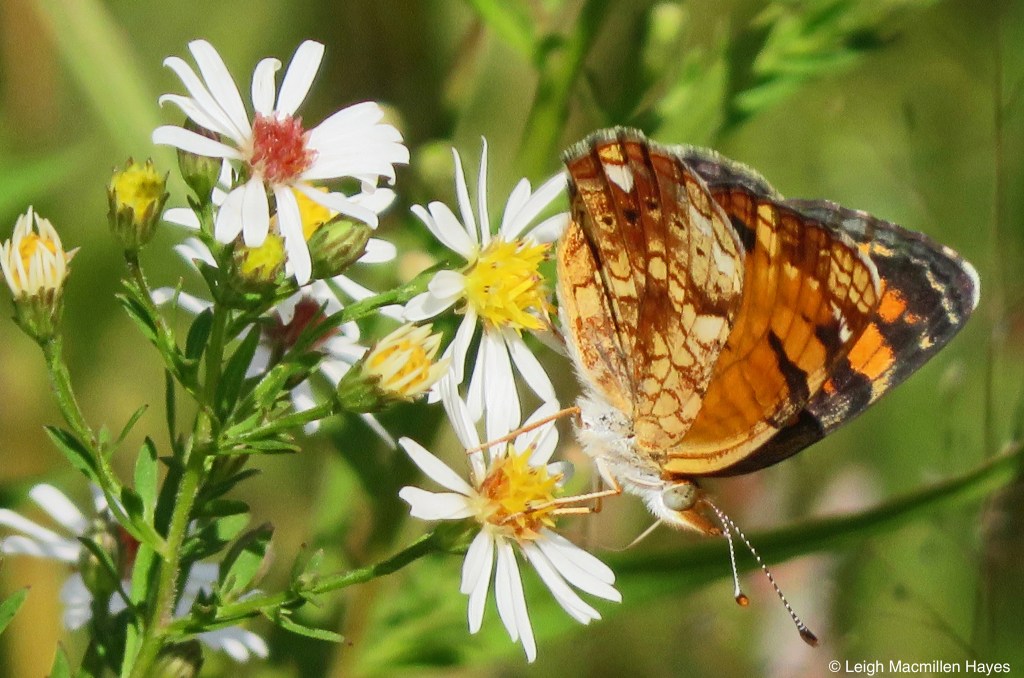
Her markings and coloration pointed toward the ID of a Northern Crescent. My wow moments included the black and white pattern of her antennae as well as her grayish green eyes that seemed almost as big as the Green Frogs–speaking relatively due to size, of course.

With her proboscis did she probe and I’m sure lots of nectar was sought. I am making a gender assumption for I don’t know for sure–the female is supposed to be larger and darker than the male. Without seeing two together, I couldn’t make a size reference but this one certainly had darker colors.

And I’d be remiss to dismiss the female White-faced Meadowhawk who followed us most of the way and has reached its peak flying season. There were other species to note, but they eluded my camera’s focus, so they’ll have to remain but a memory.

Today, my guy and I hiked up a mountain and reveled in the fact that the trail is so well constructed that one hardly feels like one is climbing higher and higher.
But yesterday offered a taste of Brigadoon and for the Broad-headed Bugs perhaps it was just that. It often feels that way to me.

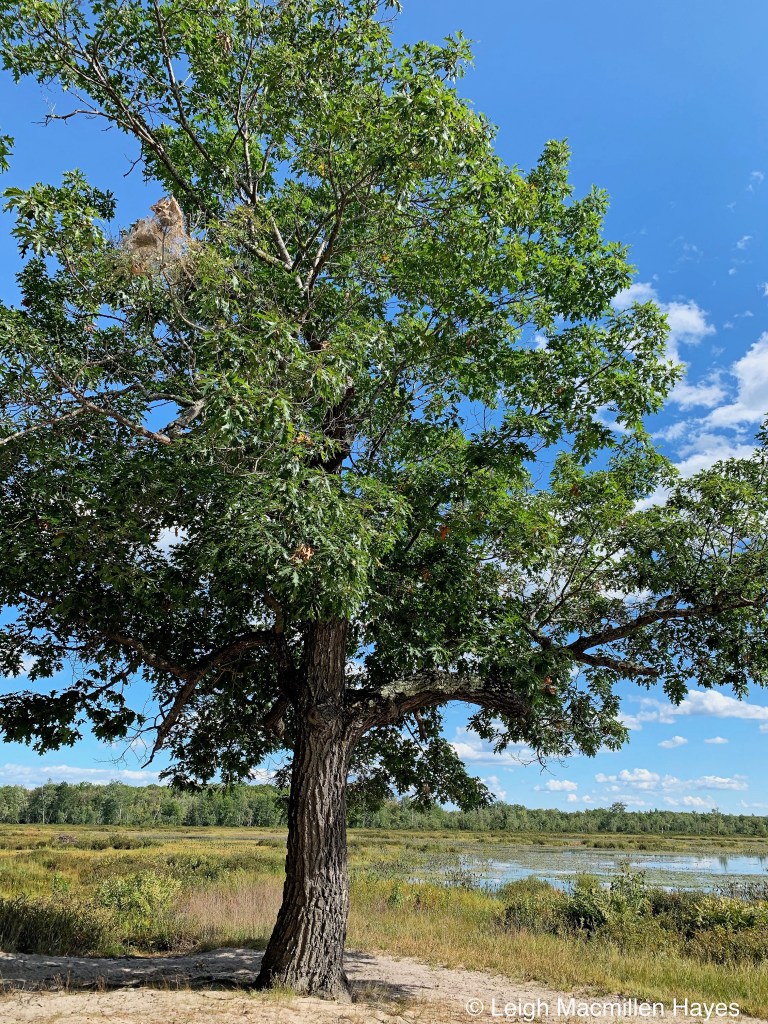
You must be logged in to post a comment.